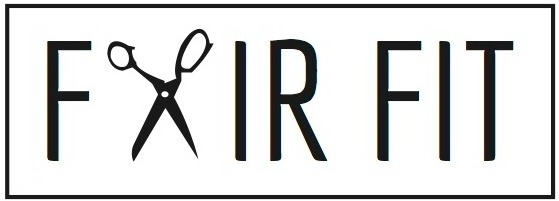How to Set and Sew Sleeves
Sleeves, like me and the invisible zipper, did not have a very good history together.
I think its because when I started sewing in the 90's, I wanted to make super cool grunge flannel shirts, and I discovered that the patterns I was using back then had a lot of ease in them. I was like 13 and did not really know what ease was at that time. All I knew was that the sleeve was looking like a frumpy all pookied and pinched mess and I was so unhappy.
My poor 13 year old self had no idea how to deal with making that flat, 2 dimensional plane of sleeve fit into a 3 dimensional curve.
It was before Pinterest and Youtube, and though my mom knew how to sew, somehow we did not cover this lesson.
And I built up an avoidance of sleeves. I even designed sleeveless dresses for a very long time because sleeves were too much of a hassle to pattern and set.
But patterns have changed. I feel like they are so much better than they were when I was a teenager. And now I love to pattern draft, set, and sew a sleeve after I had a job working for 6 months and that was all I did! My sleeves look fiiiiinnne now folks :)
Some of the friends and students I work with prefer to set the sleeve in flat which works too. I like to shape the ease into a gentle curve to create a smooth line, so I prefer to set them. Do what works best for you!
In today's written and video lesson, I walk you through how I build my sleeves for tailored garments.
1. Baste and the sleeve ease in between the notches.
2. Match sleeve to the garment at side seams and pin the underarm to the front and back notch
Because there is a right side sleeve and a left side sleeve, I make sure to set up my garment like this, matching up the front notches. That way, I don't reverse the sleeves and sew them on the wrong side.
First I pin the side seam of the shirt to the seam of the sleeve.
3. Gather the sleeve ease, making sure to curve the top, while avoiding puckers from the gathers.
It looks like you are going to get them, but there should not be any pinches when you sew in the sleeve unless the pattern calls for gathers or pleats. Use your thumbs to push the fabric and flatten the sleeve ease where its going to be stitched. At the edge, it looks like its lettucing, however, where your seam allowance is located its going to look nice and flat.
Next, pin to the front notch and back notch.
4. Flip the garment to the inside and pin the top of the sleeve. then distribute the ease.
5. Stitch the sleeve into the armhole.
When I sew a sleeve, what works best for me and I am able to show in the video, is to pull 2 or 3 inches of fabric in front of me, and consistently check that I am only sewing the armhole and the sleeve and not catching any other part of the garment. The other thing that I do, shown in the video, is use my fingers to press into the seam to make sure I'm not creating any pinches as I sew.
Check your work. If you have any pinches, or pleats, just seam rip that small part of the seam and resew. You will see that the sleeve sets easily into place.
To really get a look at how my hands create a smooth set sleeve, please watch the video. I hope it is even more helpful than the written post, and you can watch it again and again as you practice your garment construction.
I'm always looking for fun tutorials to show you and my students. Let me know how I can help you, and you might just see it pop up as a tutorial soon :)
Thanks and happy sewing!
Andrea



